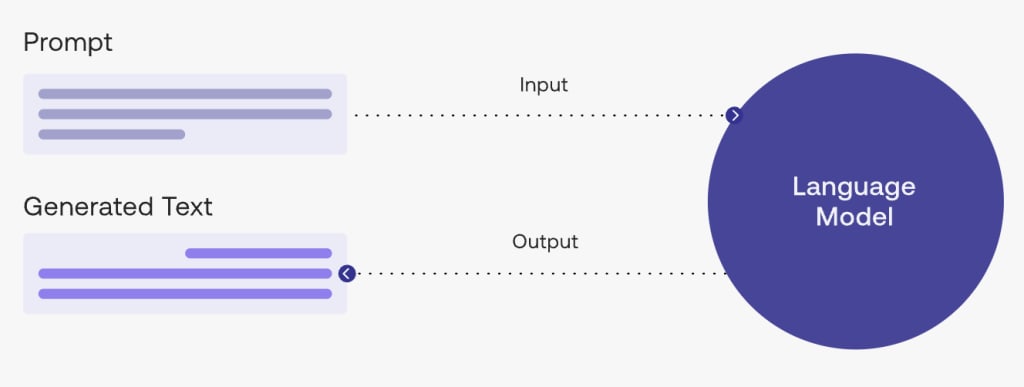"Prompt Engineering: The Key to Faster, More Efficient Production"
"Unlocking the Benefits of Prompt Engineering: How This Innovative Approach Can Optimize Your Production Process".

Prompt engineering is an approach to production that emphasizes speed, efficiency, and flexibility. It involves the use of advanced technologies and processes to streamline the production process, reduce waste, and increase productivity. In this article, we'll explore how prompt engineering works and why it is so effective in improving production.
What is Prompt Engineering?
Prompt engineering is a manufacturing philosophy that focuses on reducing cycle times, increasing production output, and improving product quality. It involves the use of advanced technologies, such as automation, robotics, and digitalization, to optimize the production process and eliminate waste.
One of the key principles of prompt engineering is the use of real-time data and feedback to improve production. By monitoring the production process in real-time, engineers can identify inefficiencies, bottlenecks, and other issues and make adjustments to improve performance.
Another important aspect of prompt engineering is the use of flexible manufacturing systems. This allows manufacturers to quickly adapt to changes in demand, product design, and other factors, without the need for significant retooling or downtime.
Benefits of Prompt Engineering
There are many benefits to using prompt engineering in production. Here are just a few:
Faster cycle times: By eliminating waste and inefficiencies in the production process, prompt engineering can significantly reduce cycle times. This means that products can be produced and delivered to customers faster, improving customer satisfaction and reducing lead times.
Improved quality: Prompt engineering emphasizes the use of real-time feedback and monitoring to improve product quality. By detecting and addressing quality issues early in the production process, manufacturers can reduce the number of defects and improve overall product quality.
Increased productivity: By streamlining the production process and eliminating waste, prompt engineering can increase productivity and output. This means that manufacturers can produce more products in less time, improving profitability and competitiveness.
Lower costs: Prompt engineering can also help reduce costs by eliminating waste and inefficiencies in the production process. This can result in lower material and labor costs, as well as reduced energy consumption and maintenance costs.
Examples of Prompt Engineering in Action
Many companies are already using prompt engineering to improve their production processes. Here are a few examples:
Tesla: Tesla's factory in Fremont, California is a prime example of prompt engineering in action. The factory is highly automated, with robots performing many of the production tasks. This allows Tesla to produce cars faster and more efficiently than traditional car manufacturers.
Boeing: Boeing has also implemented prompt engineering in its production process. The company uses advanced digital tools and real-time data analysis to optimize its production lines and reduce waste.
GE Aviation: GE Aviation uses prompt engineering to produce jet engines. The company uses a combination of automation, real-time data analysis, and flexible manufacturing systems to produce engines faster and more efficiently than its competitors.
Challenges and Considerations
While there are many benefits to using prompt engineering in production, there are also some challenges and considerations to keep in mind. For example, the upfront cost of implementing new technologies and processes can be significant, and there may be a learning curve for employees who are not familiar with the new systems.
There are also ethical and social considerations to consider, such as the impact of automation on jobs and the need to ensure that production is sustainable and environmentally friendly.
Conclusion
Prompt engineering is an innovative approach to production that can help manufacturers reduce cycle times, improve quality, increase productivity, and lower costs. By using advanced technologies and processes, manufacturers can optimize their production processes and stay competitive in today's fast-paced market. While there are challenges and considerations to keep in mind, the benefits of prompt engineering make it an attractive option for companies looking to improve their production processes.
About the Creator
Ilkin Gasimli
İlkin is a technology journalist who writes insightful articles about the latest advancements in the tech industry. Their work explores the impact of technology on society and sheds light on emerging trends and breaking news in the field.






Comments (1)
future is now!